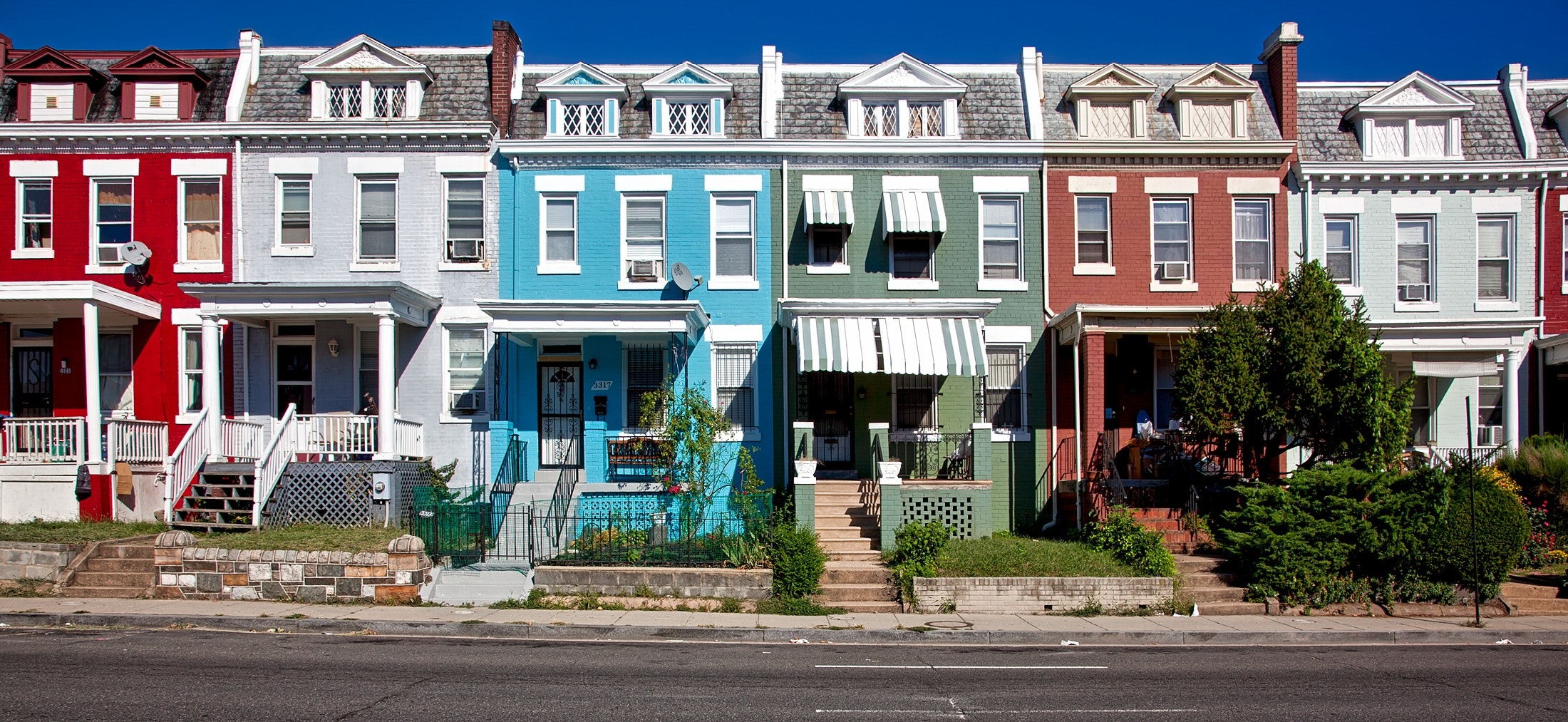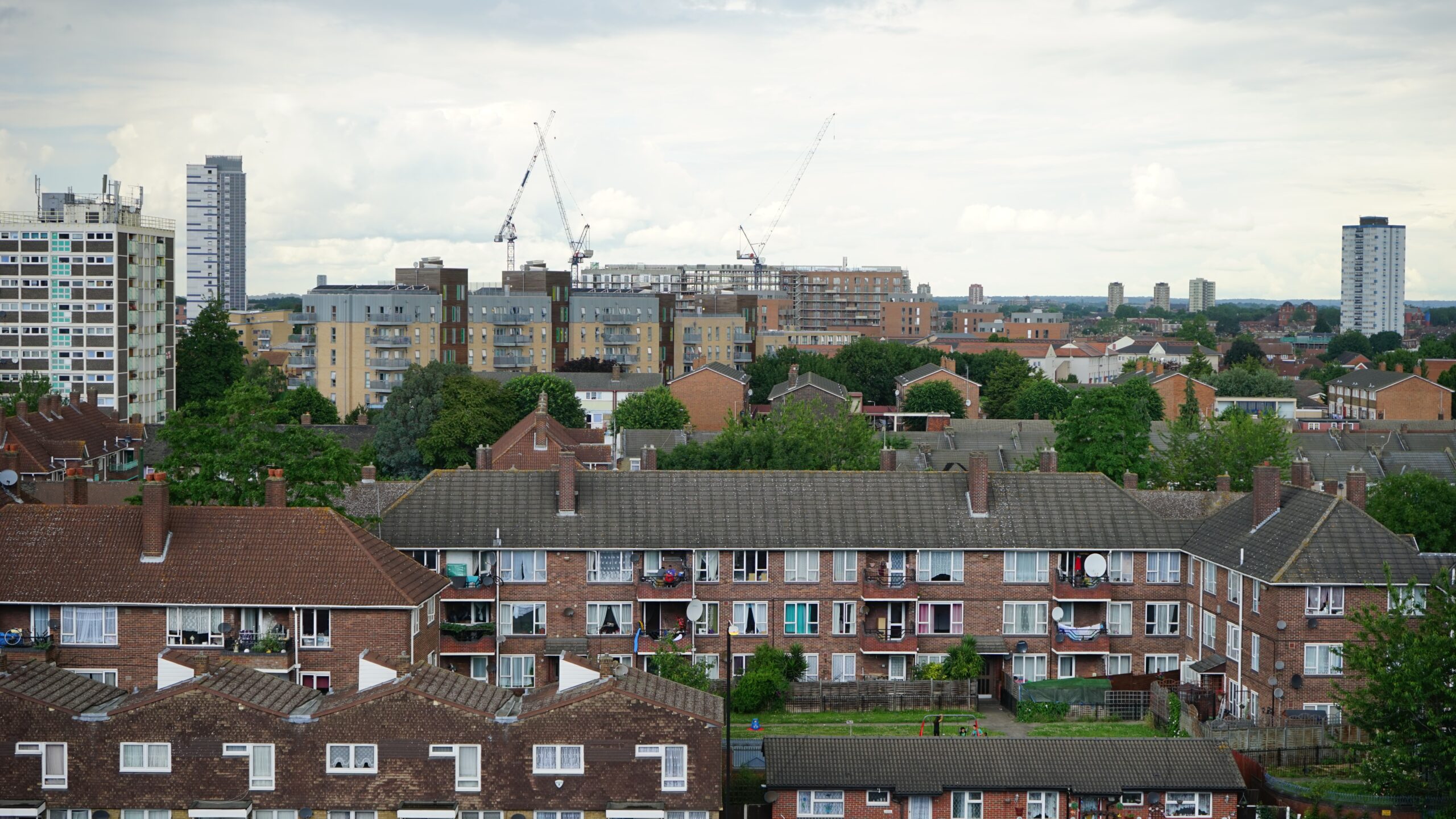
We’ve been able to quickly review the situation of the US real estate market as of yet. Taking things a step further, let’s look at some predictions for the real estate market in 2023:
-
House hunting has become more digital in market

In the US home market as a whole, the COVID-19 epidemic typically had negative effects that were felt and seen. Looking a little closer, though, we can see that the pandemic also spurred a number of technological developments.
Digitization is a single one of them.
It represented a development in terms of house seeking for the real estate industry. Already, it has attained widespread ubiquity. The vast majority of buyers would buy their property after the pandemic’s start in 2020 without ever having set foot inside it.
Prospective buyers of investment in real estate property can now inspect a property without physically being there because of the aforementioned technological trends.
For investors looking to purchase real estate all around the nation, it is evidently a relief. We should point out, nevertheless, that it falls short of seeing the entire property for oneself in terms of detail.
We’ll undoubtedly see a rise in the use of virtual home tours in 2023, and we’re hopeful that the 360-degree tours will hasten the purchasing process.
There’s little doubt that the US real estate market is eagerly anticipating the online presentations. Our opinion is that it won’t take the place of a personal approach and the process of personally seeing the property before deciding “Yes.”
-
An Increase in People Moving to the Suburbs

The COVID-19 epidemic and inflation may also have an impact on the next significant trend, which is migration to the suburbs. To help real estate investors truly understand the concept underlying the transformation, let’s go into more detail.
COVID-19 had a profound impact on the US, which resulted in several job losses. In addition, a sizable portion of workers had to work from home.
Adapting to this new manner of working required some time for businesses. The work-from-home setting, however, was created after it was determined that it was more profitable than hiring workers.
Even so, migration is not just a result of the pandemic. It is also greatly influenced by inflation, which began as the Ukrainian-Russian War went on.
In this sense, migration from the city to the suburbs is primarily motivated by necessity and choice. Living in the city is getting more expensive and demanding. People who are unable to afford to reside in major cities—such as New York, Los Angeles, and Washington, DC—are compelled to relocate to the suburbs; for the wealthy, this is a question of choice.
-
A Growing Need for Single Family Homes in housing market

There are links between housing market and foundations for real estate movements. Therefore, it shouldn’t come as a surprise to you that the third trend we predict for 2023 is an increase in the demand for single family homes.
A demand of this nature ( for single family homes), however, was not made solely for the year 2022. Since 2019, single family homes have been deemed to be the best-performing real estate assets.
Additionally, as millennials begin to expand their families, apartments are no longer an option due to their lack of space and high cost. For their growing family, they require more space, and suburban single family homes that are furnished seem to fit for their requirements “just fine.”
Keeping real estate investors informed and assisting them in making the best decisions are, as we previously stated, the main objectives of our platform of housing market.